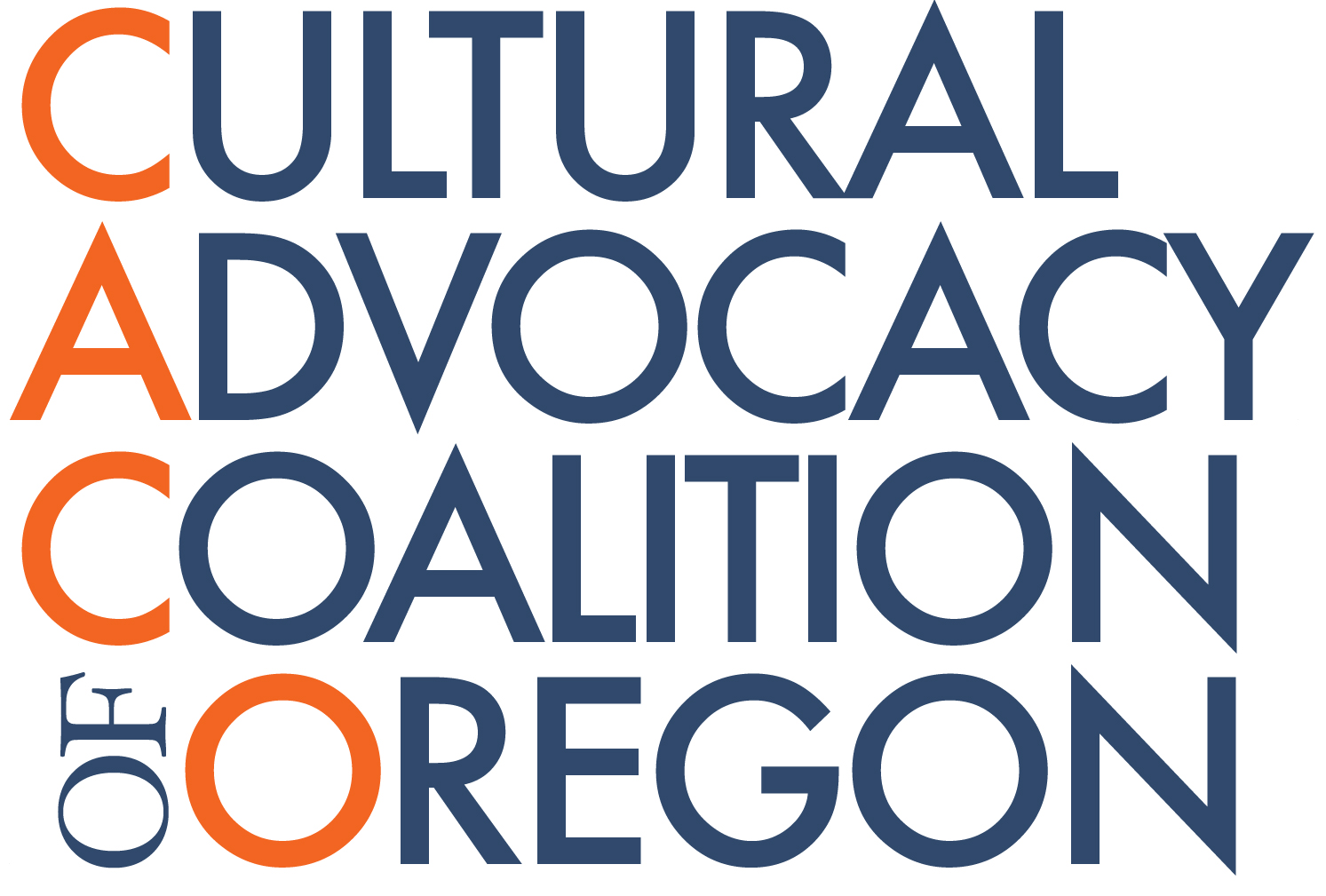It wasn’t long ago that I sent a message to advocates that highlighted some of the Coalition’s accomplishments back in the 2011 Legislative Session on behalf of Arts and Culture in Oregon. We received emails from across Oregon expressing support for the important work done by the Coalition that year.
In the midst of the holiday spirit and goodwill, I was also reminded of how important our work for arts, culture and heritage is—with a lesson from 1995.
The Cultural Advocacy Coalition was formed in 1999 to lobby in support of creating a one of a kind Cultural Trust that could grow to as much as $200 million and support arts and culture in Oregon for generations to come. As we all know, we were successful and today the Trust partners with more than 1,300 arts, heritage and humanities nonprofits in every single county across Oregon. But before 1999, there was no CAC. There was no unified community to advocate for arts, culture and heritage.
And this is where I get to 1995.
After that first message to supporters went out, I received a note from an advocate for the higher education restructure—that shed some light on why the Percent for Art law was on the chopping block, that year. These are his comments:
“SB 242 as introduced patterned changes made when Oregon Health Sciences University changed its legal status vis-à-vis the state in 1995. To our knowledge no group objected to OHSU’s removal from the One Percent for Art requirements at that time. It was therefore logical to use past precedent to guide this new pursuit of a legal status change for OUS (Oregon University System)—after all we are no longer a state agency to which the one percent law applies.”
Let me summarize his lesson to us more clearly: in 1995 there was no Cultural Advocacy Coalition and OHSU was exempted from the One Percent for Art Law—without any known objections from the arts and culture community.
But, 2011 was no 1995—what a difference an engaged coalition makes!
With your support, the Cultural Advocacy Coalition ensured that 2011 was not a repeat of 1995. Arts and culture advocates had a voice in the marbled halls and backrooms of our State Capitol.
With your support of the Cultural Advocacy Coalition, this story has a happy ending: Oregonians will continue to have a strong tradition of public art in public universities for years to come. No matter what you call the “legal status change” for the Oregon University System; it is still a public university system which will continue to receive public funds to provide an exceptional public education—and outstanding public art.
So, with the lessons of 1995 in mind, this is just a quick note to remind all of us: Your voice matters. As a member of the Cultural Advocacy Coalition, you can be proud to be a part of a broad coalition that is making a difference.
My best,
Christine Drazan, Executive Director
- Call Us Now 034-256-7850
- Send Us Email devin@synopticalfreelancing.com
